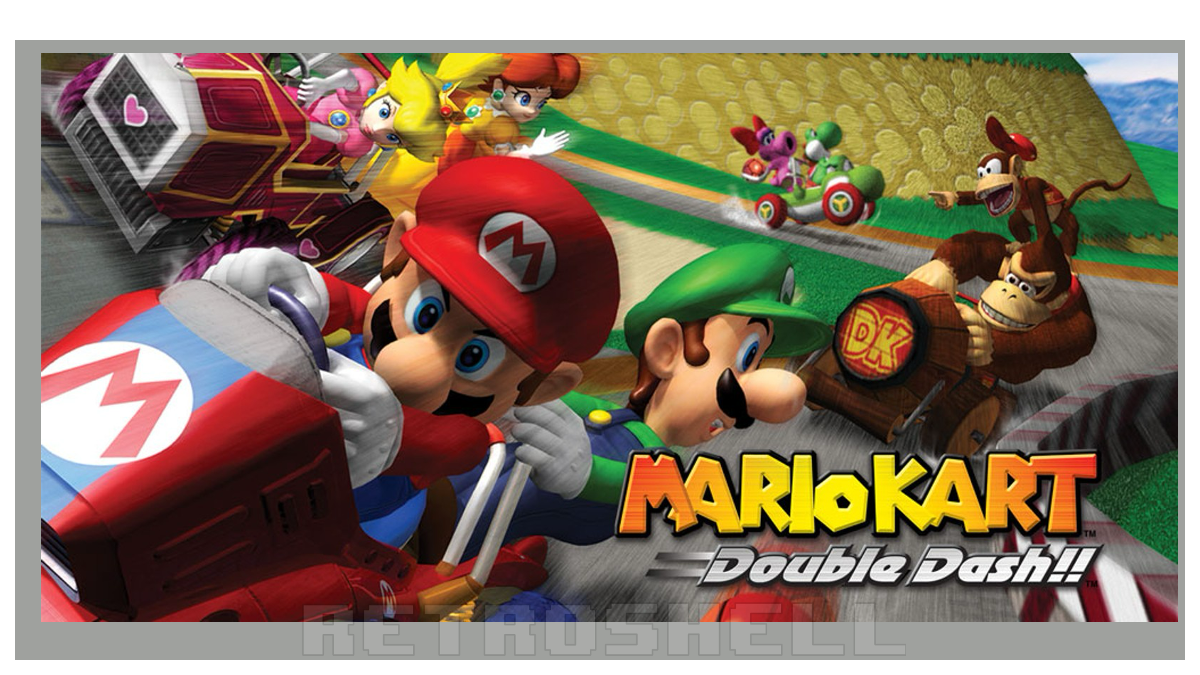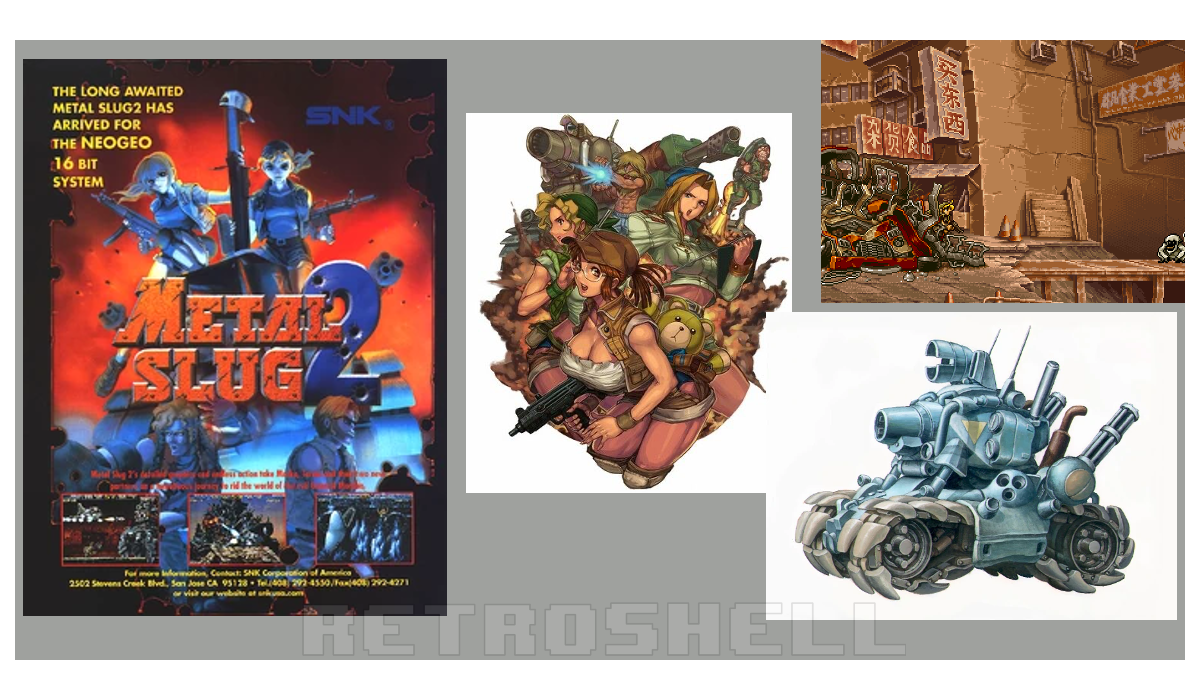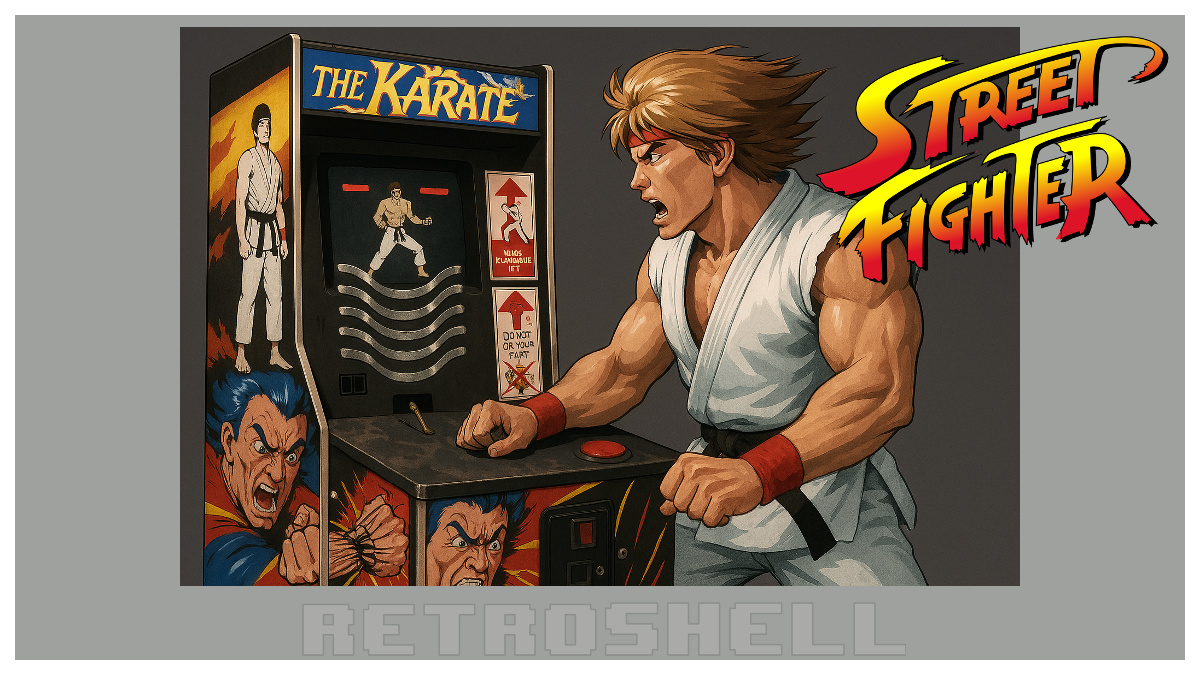How Metal Gear Solid Forged Kojima's Philosophy on Voice Acting

Solid Snake Finds His Voice: The MGS Revolution.
Hideo Kojima, a name synonymous with cinematic gaming, recently marked the end of Japanese voice recording for Death Stranding 2. Yet, his reflections on this milestone inevitably lead back to a pivotal moment in his career: the creation of Metal Gear Solid and its revolutionary approach to vocal performance in video games. This 1998 classic wasn't just a stealth masterpiece; it was the crucible where Kojima’s deep appreciation for voice actors – his 'family' – was truly forged.
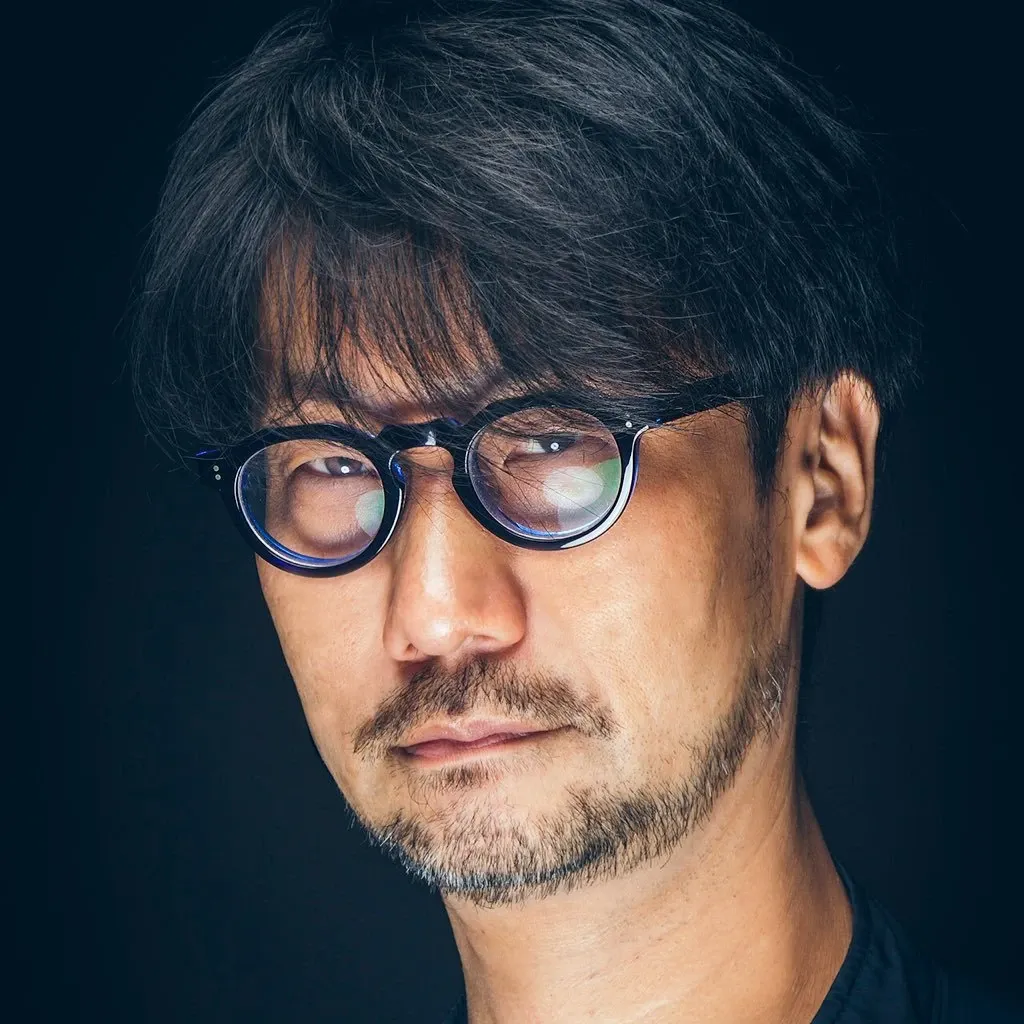
The man, the legend - Snake's dad?
The journey, Kojima reminisced in a recent column for Japan's An An Web, began far from the nuanced performances of today. Entering the industry in 1986 meant grappling with severe technical constraints. Early characters like Solid Snake in the original Metal Gear (1987) were mute icons, their personalities conveyed through text and pixels alone. Even basic Japanese characters (kanji) were a luxury. The arrival of CD-ROM technology was the first step towards change, enabling Kojima's initial, admittedly "rushed," foray into voice direction with the 1992 Snatcher remake. This challenging experience solidified his resolve to take the reins more firmly on future projects like Policenauts (1994), where he began building closer relationships with actors.
But it was Metal Gear Solid on the original PlayStation that truly broke the mould. Dissatisfied with the often wooden voice acting prevalent in games at the time, Kojima pushed for something far more ambitious. He didn't just want lines read; he wanted performances. He famously aimed to give characters like Solid Snake the expressive depth and charisma typically reserved for cinematic heroes like James Bond or Lupin III. This meant defying industry conventions, demanding more studio time, and working intimately with actors like Akio Ōtsuka (Snake's Japanese voice) to craft believable, engaging characters who resonated long after the console was switched off.
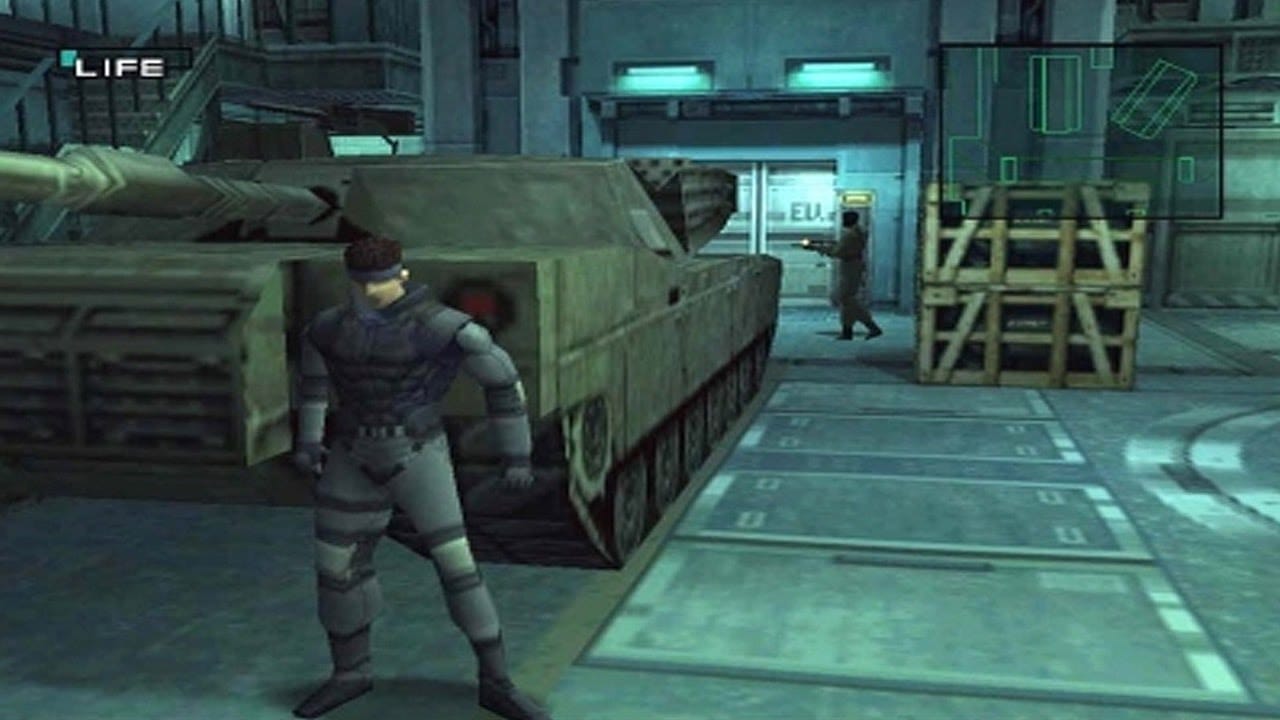
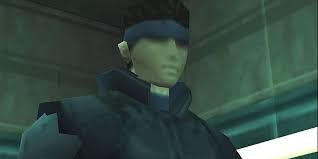
This dedication to quality extended beyond direction. Kojima recognised the need for better recording environments, eventually establishing in-house studios to ensure technical excellence matched the artistic ambition. Metal Gear Solid set a precedent. Its success demonstrated the power of strong voice work to elevate narrative and immerse players. The 'family' of voice actors Kojima began assembling during this period became integral to his creative process, returning for subsequent Metal Gear instalments and later projects, including Death Stranding. The theme of 'connections' in the latter feels particularly apt, echoing the collaborative bonds formed decades prior.
Even as he celebrates progress on Death Stranding 2: On The Beach, bringing in new talent alongside familiar voices, a note of melancholy persists. Kojima, now 60, reflected on the passage of time and the loss of colleagues. A poignant exchange with veteran voice actor Hochu Otsuka during the final DS2 recording session – Otsuka responding "If I’m still alive" to an offer for future work – served as a stark reminder of mortality. It’s a sentiment that resonates particularly strongly when considering the long shadow cast by Metal Gear Solid and the decades-long journey with the actors who first brought its iconic characters to life. Kojima's commitment to voice acting, born from the challenges and triumphs of MGS, remains a defining element of his singular creative vision.
Stay updated with the latest news by subscribing to our newsletter. Follow us on X, Bluesky, YouTube, and Instagram.

